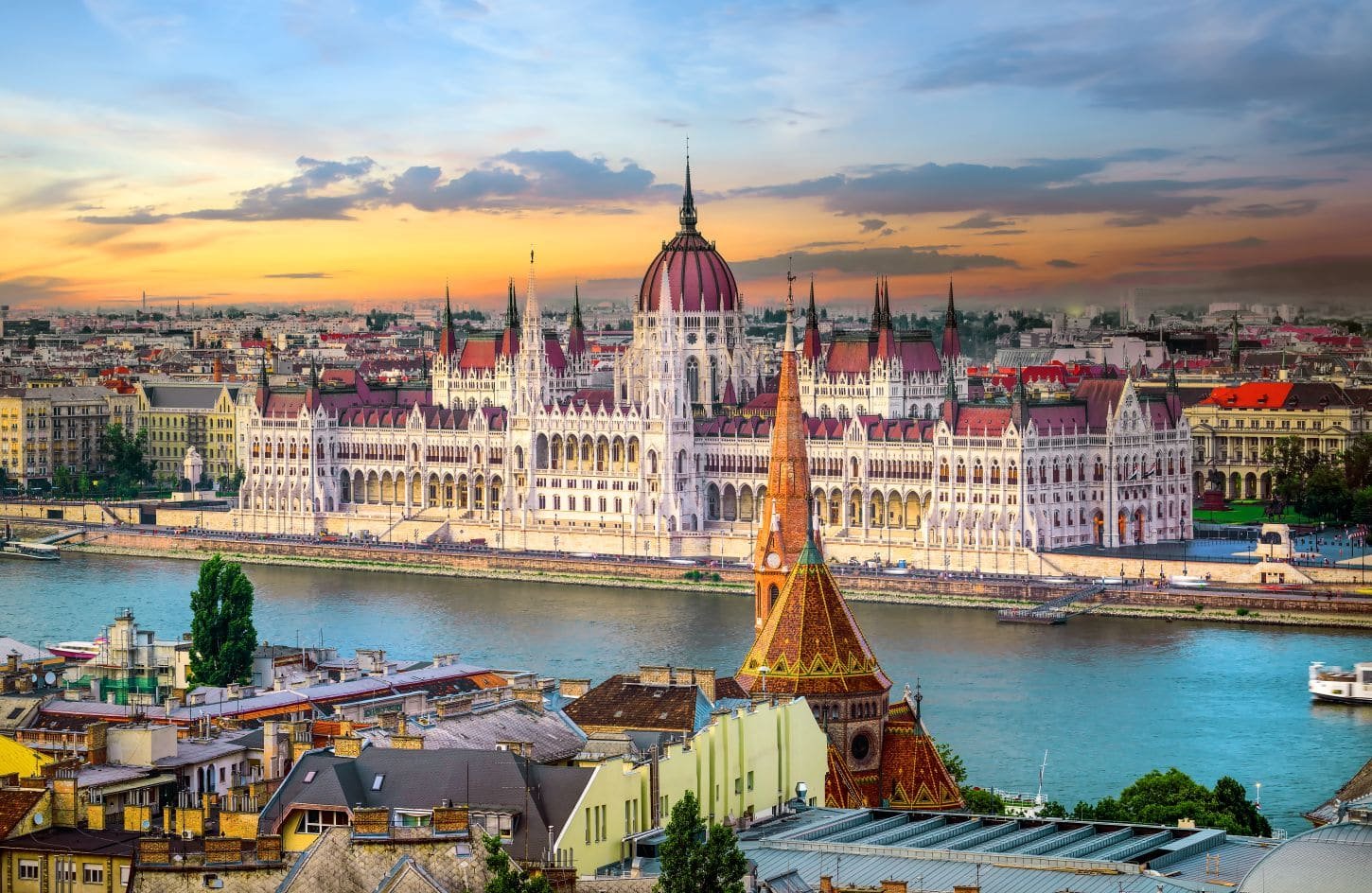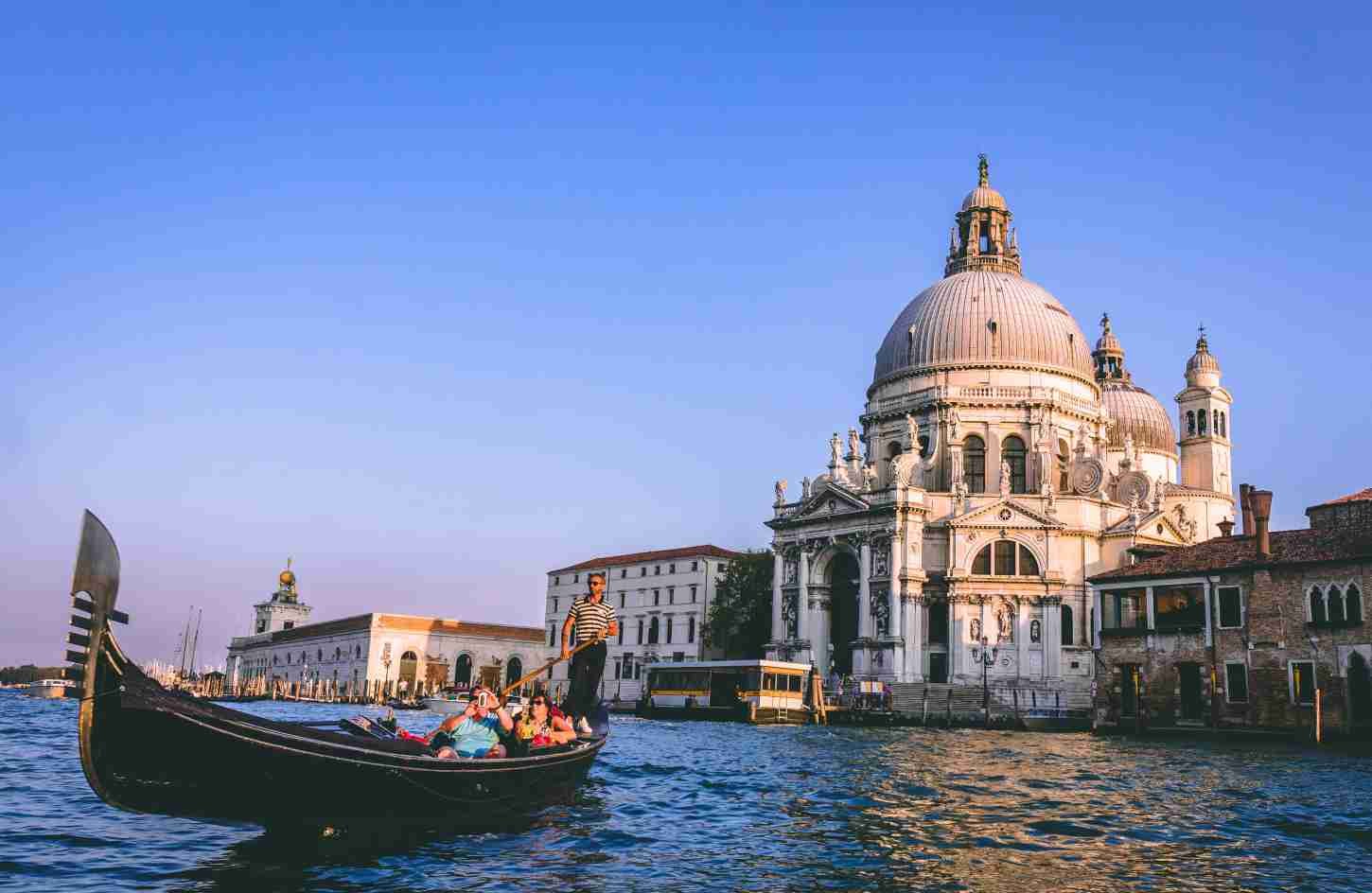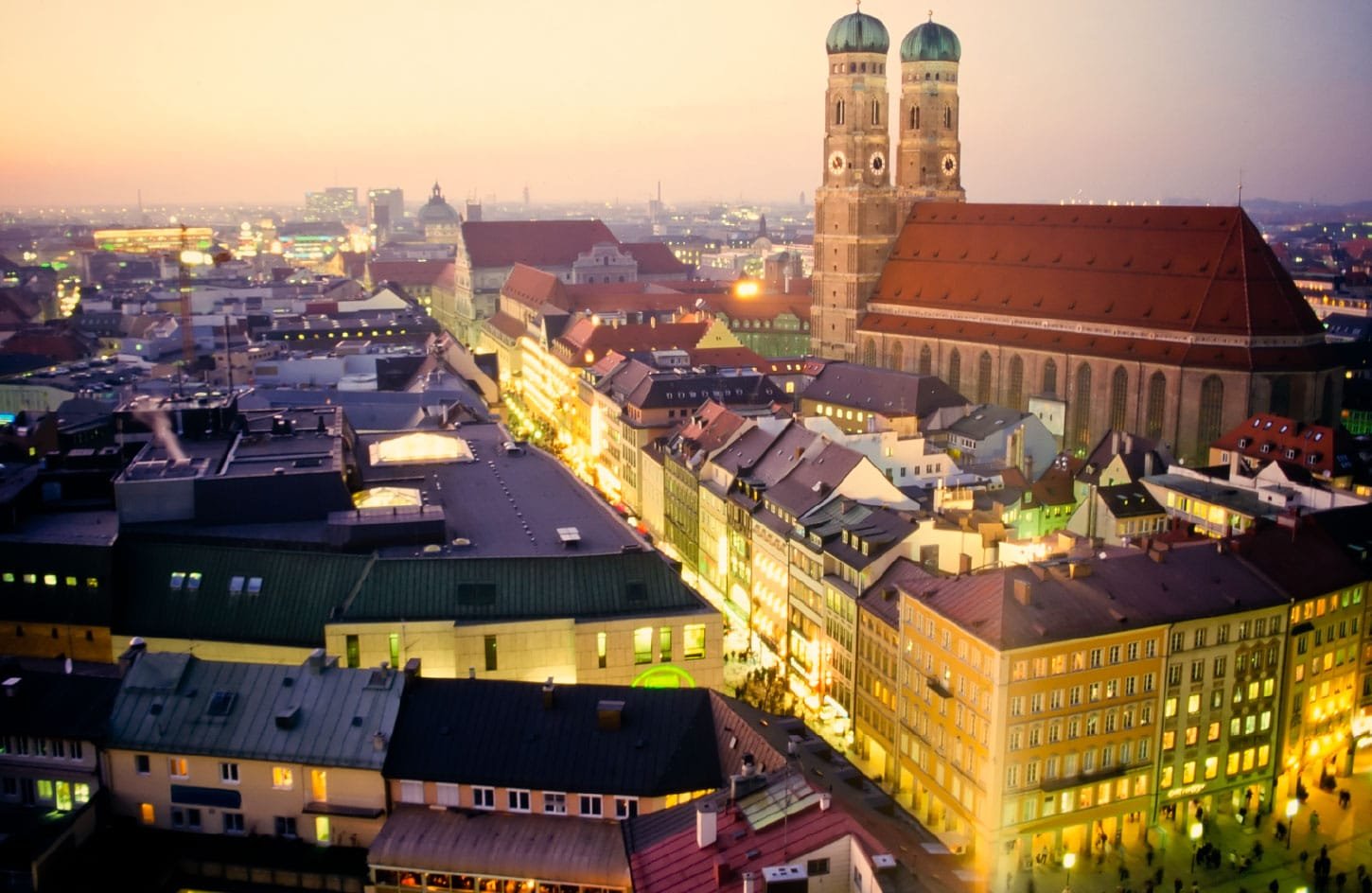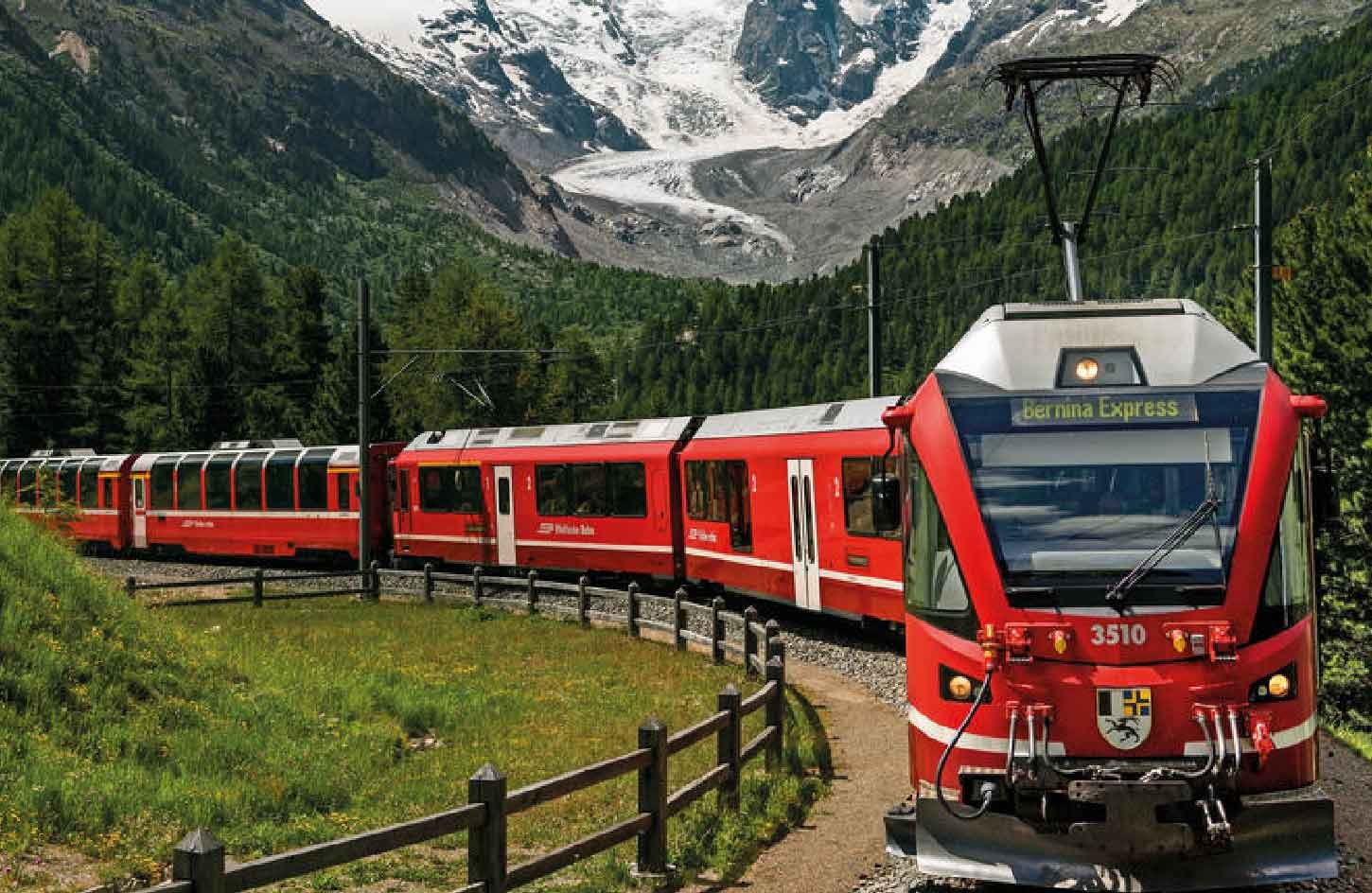Central Europe, with its rich historical tapestry and diverse cultural landscape, beckons travelers from around the world, including India. From the majestic cities of Prague and Budapest to the scenic beauty of the Swiss Alps, Central Europe offers an enchanting array of experiences waiting to be explored. However, before embarking on your journey to this captivating region, it’s essential to understand the visa requirements and accessibility considerations for Indian travelers. Let’s delve into the details to ensure your Central Europe adventure is seamless and memorable.
Visa Requirements for Indian Citizens:
Central Europe comprises countries like Austria, Czech Republic, Germany, Hungary, Poland, Slovakia, Switzerland, and others. Visa requirements vary depending on the specific country you intend to visit. Here’s a general overview:
- Schengen Area: Many Central European countries are part of the Schengen Area, allowing visa-free travel for Indian citizens for up to 90 days within a 180-day period. However, this exemption is for short stays and does not permit employment or studies. Ensure to check if your destination is part of the Schengen Area and verify the entry requirements.
- Non-Schengen Countries: Some Central European countries, such as Croatia, Romania, Bulgaria, and Cyprus, are not part of the Schengen Area. Visa requirements for Indian citizens visiting these countries may vary, so it’s crucial to review the specific visa regulations for each country you plan to visit.
- Transit Visa: If you’re transiting through a Central European country on your way to another destination, you may need a transit visa, depending on the duration and circumstances of your layover.
Understanding the visa requirements beforehand will help you plan your trip efficiently and avoid any last-minute hassles.
Accessibility in Central Europe:
Central Europe has made significant strides in enhancing accessibility in recent years, yet challenges persist. Let’s explore the accessibility landscape of this region:
Historical Context: Central Europe’s historical journey, marked by political transitions and social transformations, has influenced its approach to accessibility. Factors like two world wars, the rise and fall of communism, and the transition to democracy have shaped infrastructure development and societal attitudes towards accessibility.
Challenges Faced: Despite progress, Central Europe faces challenges in ensuring accessibility for all. These include infrastructure limitations, gaps in public transportation accessibility, attitudinal barriers, and legislative inconsistencies.
Progress and Initiatives: Central European countries have undertaken various initiatives to improve accessibility across different domains. From infrastructure development and accessible tourism to education and advocacy efforts, strides have been made to create a more inclusive environment.
Case Studies: Cities like Prague, Budapest, and Warsaw serve as examples of accessibility initiatives in Central Europe. These cities have implemented measures such as installing ramps, improving public transportation, and promoting inclusive urban planning.
Future Outlook: Looking ahead, continued investment in infrastructure, education, policy harmonization, and technology integration will be crucial for advancing accessibility in Central Europe. By addressing existing challenges and embracing innovative solutions, the region can move closer to its goal of inclusivity for all.
Conclusion:
Central Europe invites Indian travelers to embark on a journey filled with history, culture, and breathtaking landscapes. By understanding visa requirements and accessibility considerations, you can navigate this region with ease and make lasting memories. Whether strolling through cobblestone streets or marveling at architectural wonders, Central Europe awaits your exploration.
Explore Central Europe with Virkauf DMC:
At Virkauf DMC, we specialize in crafting unforgettable travel experiences across Central Europe. From guided walking tours to immersive cultural encounters, we tailor each itinerary to suit your preferences and ensure a seamless journey. Let us be your companion as you discover the beauty and charm of Central Europe.
Contact us to start planning your dream vacation today.
FAQs:
- Can we walk through Central Europe? Central Europe is a walker’s paradise, and our walking tours in countries like the Czech Republic, Slovakia, Austria, Hungary, Poland, and Germany offer a unique way to explore the region’s beauty.
- What is special about Central Europe? Central Europe boasts a rich historical heritage shaped by empires and political transitions, making it a captivating destination for travelers interested in history, culture, and scenic landscapes.
- Why is Central Europe popular among tourists? Central Europe’s rich history, cultural diversity, and scenic beauty make it a popular destination for tourists seeking immersive experiences and memorable adventures.
-
How long does it take to explore Central Europe? While Central Europe offers vast opportunities for exploration, a well-planned itinerary can allow you to cover significant ground in 30 days. Whether by flying between major cities or enjoying scenic train rides, the region’s accessibility makes it easily navigable for travelers.










